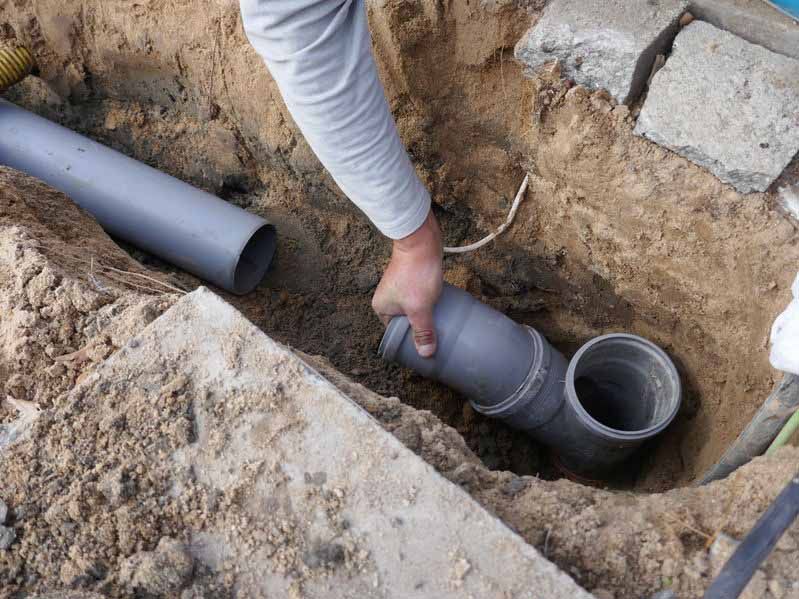- 8am to 5pm, Sat 9am - 2pm, Holiday Timings May Vary
- 323-696-9101 | 844-444-0155
- bluewaterplumbinginc@hotmail.com
Sewer repair refers to the process of fixing or replacing damaged or malfunctioning sewer lines. Sewer lines are underground pipes that carry wastewater from homes and businesses to a treatment facility or a septic tank. Over time, these sewer lines can deteriorate due to various factors such as age, tree root intrusion, ground movement, or corrosion, leading to leaks, blockages, or complete failures.
The need for sewer repair may become evident through symptoms like sewage backups, foul odors, slow drainage, or wet spots in the yard. When such issues arise, it is essential to address them promptly to prevent further damage, environmental contamination, and health hazards.

Sewer repair methods can vary depending on the extent and nature of the damage. Common sewer repair techniques include:
Traditional Excavation: This involves digging a trench to access the damaged section of the sewer line, allowing for repair or replacement. While effective, it can be disruptive and time-consuming.
Trenchless Sewer Repair: Trenchless methods, such as pipe lining and pipe bursting, offer alternatives to traditional excavation. These techniques involve repairing or replacing the sewer line without extensive digging, reducing the impact on landscaping and infrastructure.
Pipe Relining: In this method, a flexible liner coated with epoxy resin is inserted into the damaged sewer pipe. Once in place, the liner is inflated and hardened, creating a new, durable inner layer within the existing pipe.
Pipe Bursting: This technique involves breaking the old, damaged pipe as a new one is pulled through its place. This method is particularly useful when complete pipe replacement is necessary.